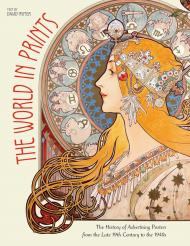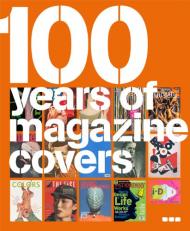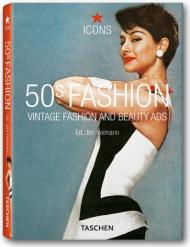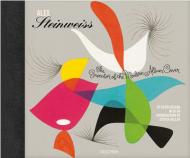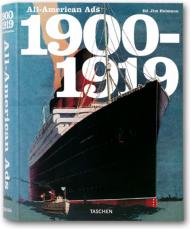Chronicles the influence of the art poster in France and its rapid spread across Europe and United States
The lowly placard, a quick and efficient device used to spread news or advertise goods, ascended to the level of a respected art form in the late 1800s in France. The ‘art poster’ was born at the convergence of new aesthetic movements, technological advances and societal changes. Fine artists were swayed from their lofty perches to join the practical arts, influenced by the egalitarian spirit of the Arts and Crafts movement. Artist Jules Cheret, ‘Father of the Modern Poster,’ perfected a means of high-quality printing that produced large, colour-saturated images. An emerging middle class was the ready target for the consumption of newly manufactured goods, literary publications, theatrical events and leisure time entertainment. A sea of gorgeous images added a joie de vivre to everyday life, introducing a period of French life now known as the Belle Epoque. These posters, although ephemeral in intent, have been collected and continually reproduced over the subsequent decades, a testament to their timeless beauty and emotional depth.
This book chronicles the influence of the art poster in France and its rapid spread across Europe and United States and offers to the readers an artist’s poster tour of the development of the art poster.
About the Author:
David Rymer is an Australian fiction and nonfiction author and a freelance writer, expert in the History of Fine Art and Graphic Design. He has written different articles and biography on the most important artist and painters of the Belle Epoque and other art movement. He has staged art and cultural exhibitions in Dubai and Abu Dhabi on behalf of the UAE Department of Art & Culture, Mubadala and the Department of Executive Affairs. He designed corporate identity, packaging, exhibit and print design for his clients; has reviewed exhibitions at Art Dubai and Art Abu Dhabi for the past years.
